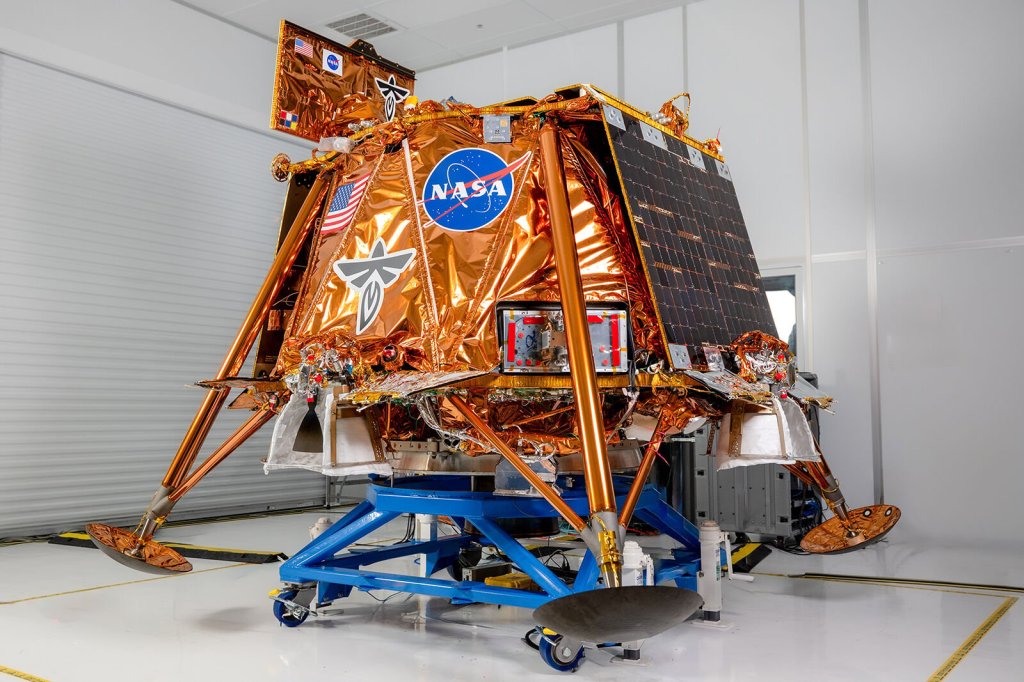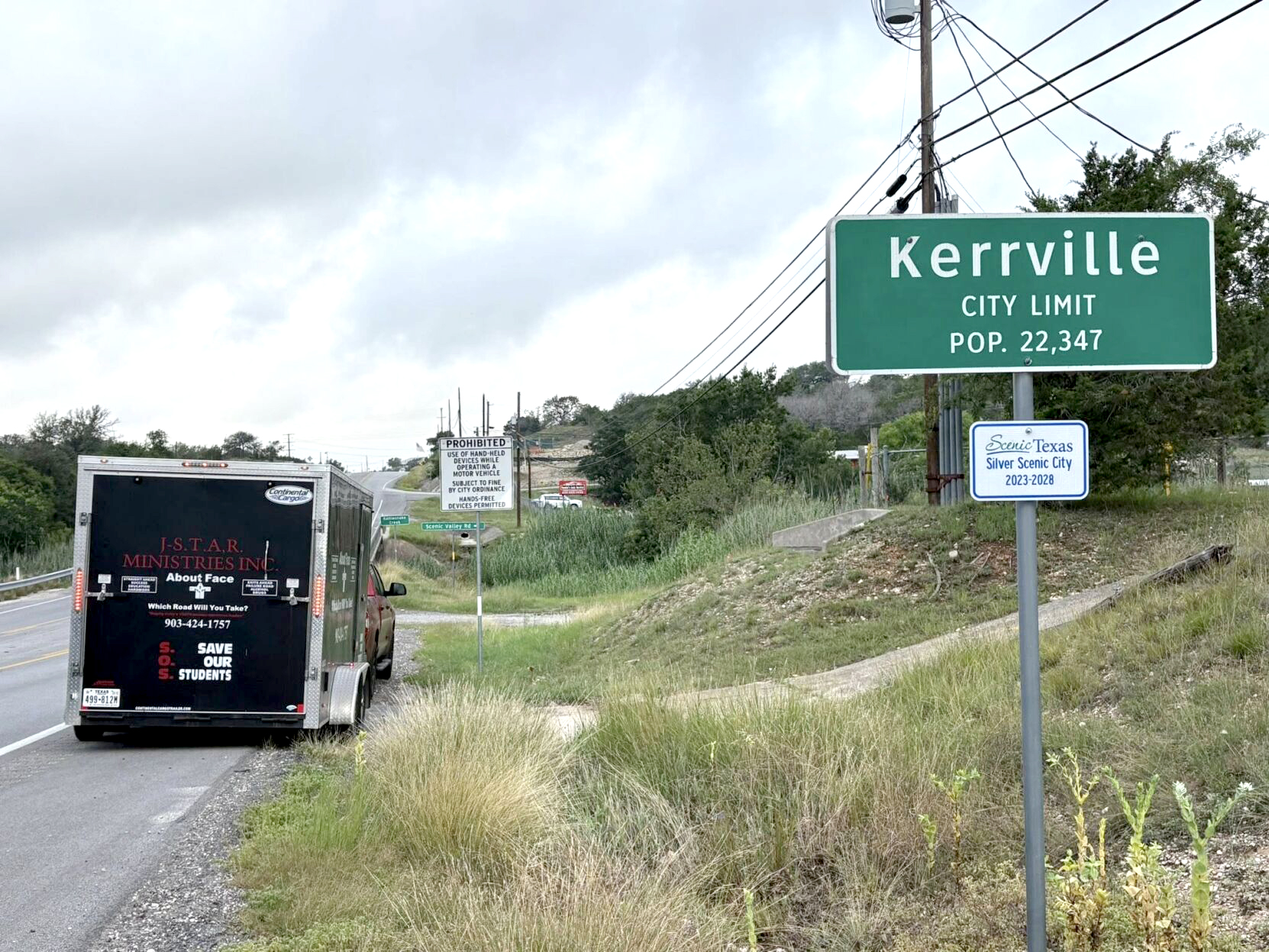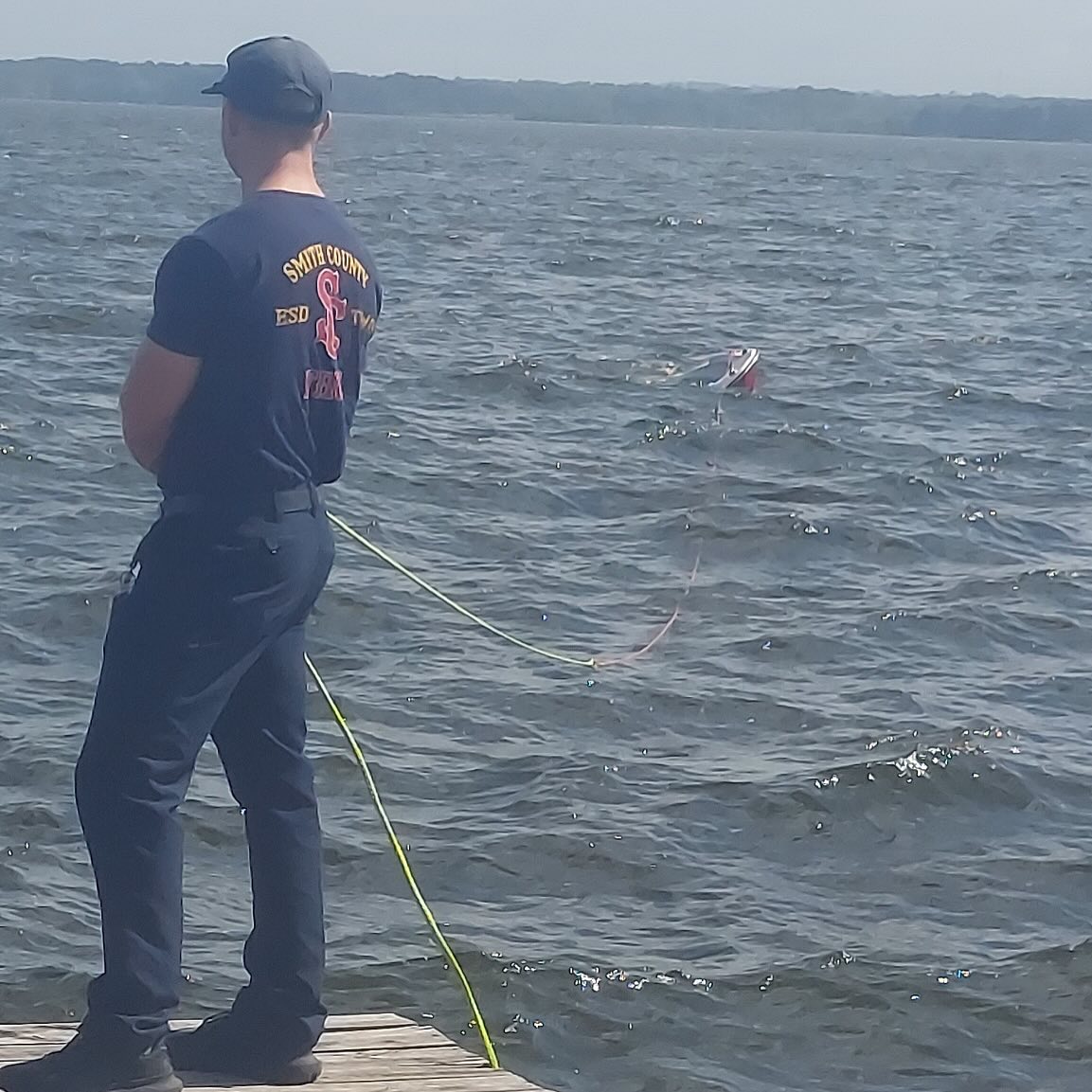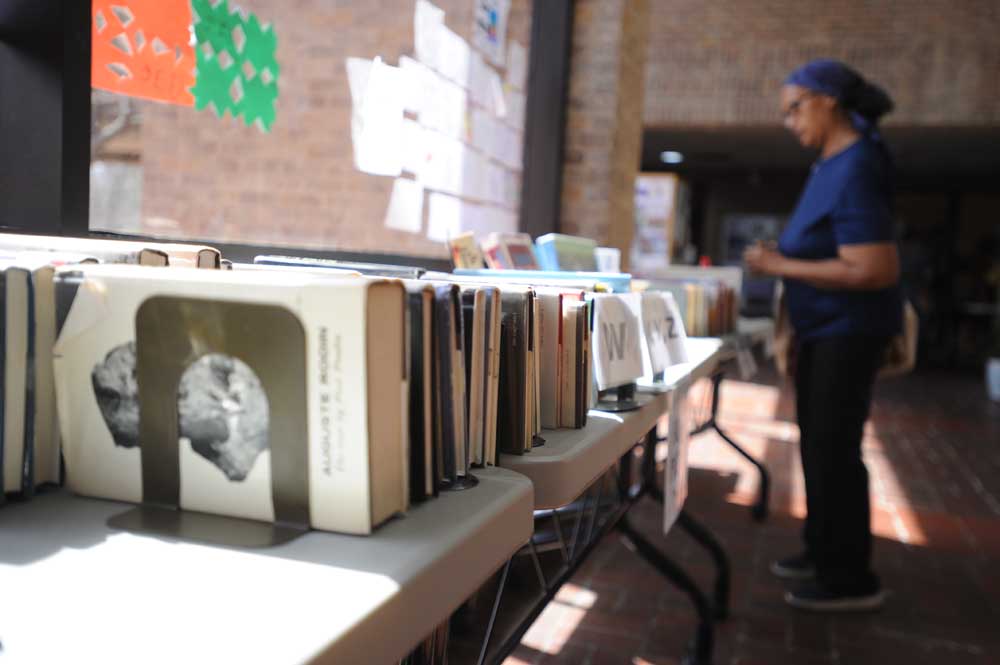East Texas native gets name on the moon as part of Austin-based company’s lunar mission
Published 5:35 am Friday, March 14, 2025

- Firefly’s Blue Ghost lunar lander is seen fully assembled with 10 NASA payloads. Longview native Jason Bates helped work on the craft, which touched down on the moon March 2. (Firefly Aerospace/TNS)
Austin-based Firefly Aerospace recently became the second private company in little more than a year to put a lander on the moon — but it’s the first to stick the landing without a mishap.
Behind both missions — Intuitive Machine’s IM-1 mission in February 2024 and Firefly’s Blue Ghost Mission 1 in early March — was a East Texas native helping make them possible.
Jason Bates is a Longview High School graduate and avionics and integration specialist at Firefly Aerospace, where he puts electronics on the company’s space vehicles through a battery of tests before they tackle the hardest test of all: being catapulted from Earth on a rocket, and, in this mission, landing softly on a rock a quarter-million miles away.
The Blue Ghost lander touched down on the moon’s surface March 2 carrying a payload of 10 scientific instruments designed to study lunar soil, solar wind, magnetic fields and other research priorities for NASA, which supplied many of the instruments.
NASA awarded Firefly a $93 million contract to develop a lunar vehicle in 2023 as part of the agency’s long-term Artemis program, which seeks to have a manned spaceflight return to the moon by 2027 for the first time since Apollo 17 in 1972.
Bates spoke with the newspaper about the Blue Ghost mission, how he ended up at Firefly Aerospace and why Texas is leading the nation in private space flight.
The interview has been edited for style and clarity.
Longview News-Journal: What was it like to be at the Blue Ghost watch party with your colleagues the moment your team made history?
Jason Bates: It was a lot of fun, but it was stressful. There’s a moment where you have to hit this button and the vehicle turns totally autonomous. It’s running on its own and uses a grid software so it knows exactly where it’s going to land; it’s adjusting speed, telling us how many miles per hour it’s traveling and the distance from the moon’s surface. You could hear a pin drop.
There’s these sensors on each foot of the lander that turn green when the lander touches the surface. So we’re just watching and watching, waiting for those sensors to turn green. NASA’s there, the press is there and all the people who worked on the project. Then flight control goes on the loudspeaker and says, ‘We’re on the moon, y’all.’ We just erupted.
There’s a placard on the vehicle that has every person’s name who worked on it, so our names are forever on the moon.
LNJ: The Blue Ghost lander journeyed a quarter-million miles from Earth. Your career hasn’t taken you quite that far from home, but how did a Longview High School grad find his way into Texas’ space industry?
JB: I always loved science and was one of those kids that always wanted to prove people wrong, to prove that I could do things that other people couldn’t. So I was very driven and competitive growing up, and it made me want to learn more about things not everybody else wanted to learn about.
I started at Texas State Technical College in Marshall and ended up transferring to TSTC in Waco, where I got a degree in robotics and electrical systems. Then 9/11 happened.
I wanted to do something for my country. My grandparents were both in the military, but I was unable to join the military for medical reasons, so I wound up doing government contracts and got into aviation.
Eventually, I had a job here in Austin I wasn’t very happy with. Since I have a wiring and electrical background, I got a hit on Indeed, and it was Firefly Aerospace. I was like, how cool would it be to build rockets? How cool would it be to tell your kids, your grandkids, your friends, ‘I build rockets. I put things in space.’ So I said, ‘Yeah, I’ll give it a shot.’ Thirty minutes later, I got a phone call. They wanted to interview, and the next day I was hired.
LNJ: Were there educators or role models in Longview who helped cultivate your passion for science early on?
JB: There was. It was a teacher named Judy Grubbs, but she wasn’t my teacher. She was the mother of my girlfriend at the time.
I had a lot of learning disabilities and was not able to focus. She tutored me on how to take the state standardized test because I was just not a good test-taker. I was more of a hands-on learner. She just pushed me; she taught me those skills and told me that I could do things when other people said I couldn’t. And Judy was also a chemistry teacher, so I would see some of the experiments that the kids would do. It really drove me to want to learn more. She gave me that self-confidence to push myself and know that I can do it and not give up.
LNJ: Intuitive Machines, SpaceX and Firefly Aerospace are all based here in the Lone Star State. Why do you think Texas has emerged as this hotbed in private space flight?
JB: Fore one, you have NASA’s Lyndon B. Johnson Space Center in Houston. I believe they’re trying to make Texas kind of like the Space Coast. I also think that, as Texans, we’re not afraid to take on any jobs. I mean, we get these contracts. We have to hit certain dates to make our money. We fight hard to try to do the best that we can do.
LNJ: What’s next for Firefly Aerospace?
JB: Our sixth flight is scheduled for March 15. It’s going to be at Vandenberg Space Force Base, where our launch facilities are out in California. We also have another rocket right behind that, flight seven, which we’re currently working on. As of today, we’re 75% complete on that. We’re completing that rocket and getting it out to our test stands where we do static fires. Static fires are where we hold the rocket down and crank the engines and run them through their full duration and make sure everything works.
We have another lunar mission coming up in a couple years as well: Blue Ghost 2. We’re going to the dark side of the moon. We’re trying to be the first company to get a lander to hit that target because of the communication issues on the backside of the moon.
LNJ: You’ve lived outside the Piney Woods for a while now. What do you miss the most about East Texas?
JB: Luckily, I have a daughter that lives there still, and my mom still lives there. I miss the trees, and I miss it being dark and being able to see more of the stars. In the Austin area, you can find places to see the stars, but out in East Texas, standing off my back porch out there and being able to look up and see everything, that’s what I miss the most.






